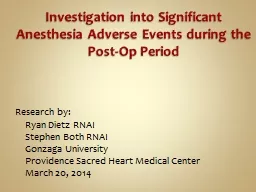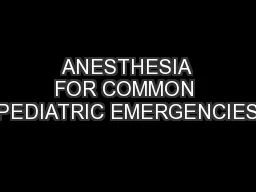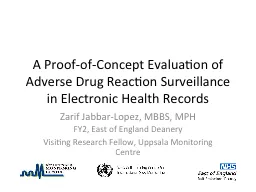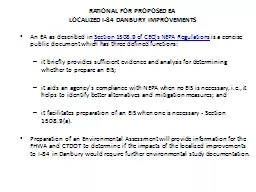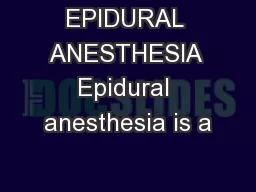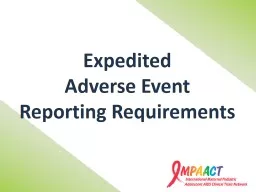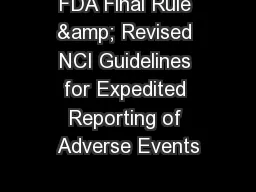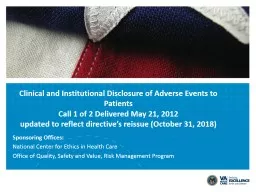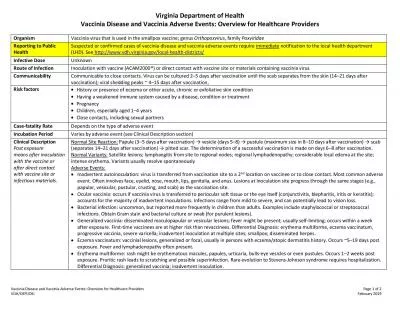PPT-Investigation into Significant Anesthesia Adverse Events during the Post-Op Period
Author : alexa-scheidler | Published Date : 2020-04-03
Research by Ryan Dietz RNAI Stephen Both RNAI Gonzaga University Providence Sacred Heart Medical Center March 20 2014 Methodology Retrospective Chart Review At
Presentation Embed Code
Download Presentation
Download Presentation The PPT/PDF document " Investigation into Significant Anesthes..." is the property of its rightful owner. Permission is granted to download and print the materials on this website for personal, non-commercial use only, and to display it on your personal computer provided you do not modify the materials and that you retain all copyright notices contained in the materials. By downloading content from our website, you accept the terms of this agreement.
Investigation into Significant Anesthesia Adverse Events during the Post-Op Period: Transcript
Download Rules Of Document
" Investigation into Significant Anesthesia Adverse Events during the Post-Op Period"The content belongs to its owner. You may download and print it for personal use, without modification, and keep all copyright notices. By downloading, you agree to these terms.
Related Documents

